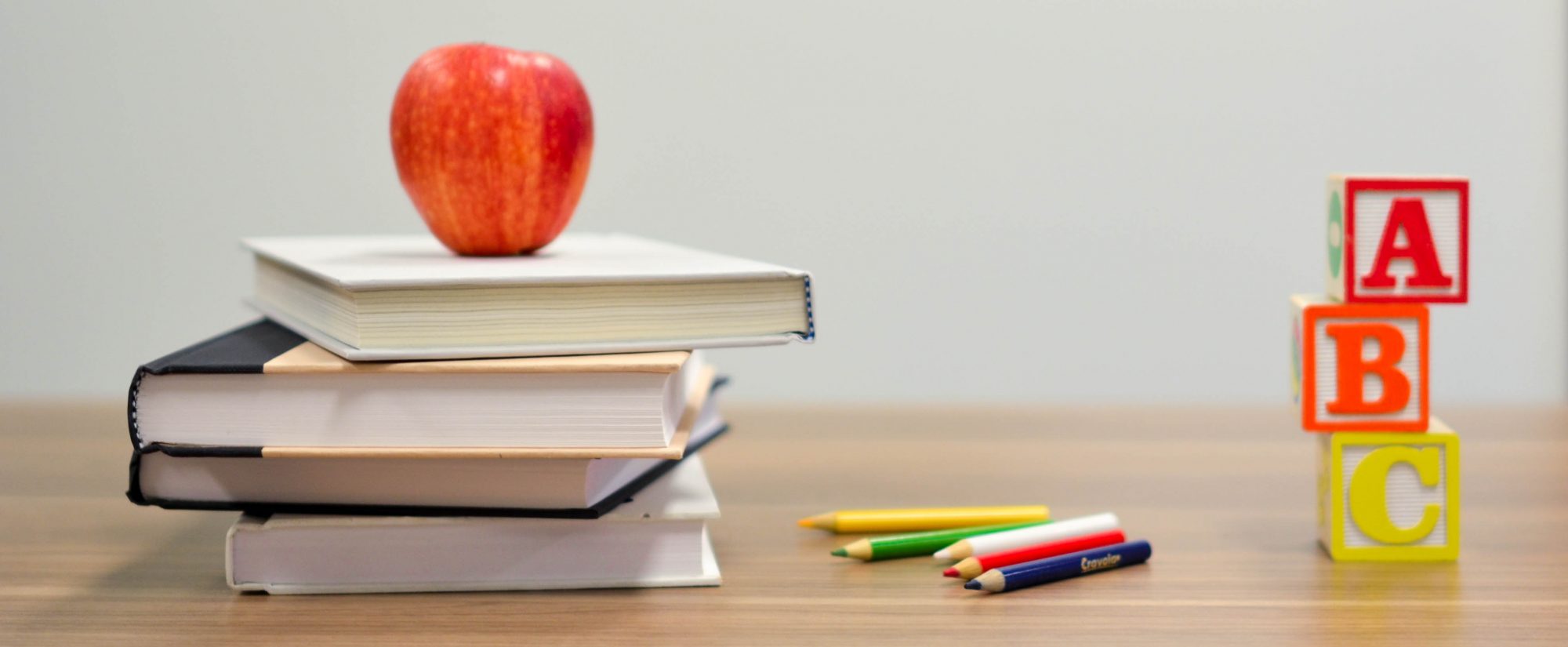RTI is a flexible problem-solving model in which schools provide assistance to match the learner’s needs. The Intervention team will identify students who are at-risk and will develop an intervention plan based on the following three tier system. Student’s progress is closely monitored and may move from one tier to the next based on this progress.
Tier I Instruction
Tier I instruction incorporates four basic elements:
- a high-quality program of instruction based upon the Curriculum Frameworks;
- use of quality research-based instructional strategies;
- on-going assessment of students to determine instructional strengths and needs.
- Screening data are collected to determine which students, by grade, have not achieved the benchmark skills required for the specific grade and time of year. The key purpose of the Tier I process is to identify students who have not developed the essential reading skills required for success at the next level of instruction. Data should be collected for the whole class at least three times per year to establish benchmarks and local norms for the school and the district.
Interventions for Tier I may include:
- Explicit and systematic small group instruction within the regular classroom
- Instruction that has been broken down into manageable steps
- Instruction has been provided using a different teaching strategy
- Instruction was provided using a different response mechanism
- Student has been provided with additional practice activities
- Student has been provided with immediate and specific feedback
Tier II Instruction:
- To support individual students in the general education classroom who have not met benchmarks through the whole class model of Tier I
- Students who have significantly lower levels of performance than their peers or are learning at a much slower rate than their grade level peers and falling farther behind their classmates
- Creative/flexible scheduling to allocate sufficient time for small group instruction
- Creative uses of personnel resources (i.e., teaching styles, team teaching,)
- Thirty minutes of additional instruction 3-5 times a week
- Prescribed supplemental instruction
- Ongoing Consultative support
- Documented progress monitoring.
Interventions for Tier II may include:
- Explicit and systematic small group instruction outside of the regular classroom
- Supplemental instruction has been provided using a different teaching strategy
- Student has been provided with additional practice activities
- Instruction has been provided targeting specific areas of weakness
Tier III Instruction:
- To support students who are not being successful with Tier II Instruction
- The interventions at this level are intensive and targeted to specific deficiency areas for the individual student’s needs.
- More frequent documented progress monitoring
- Use of specialist to provide instruction
Interventions for Tier III may include:
- Same as intervention for tier II only in smaller group or 1:1 and/or with a specialist and/or longer sessions
